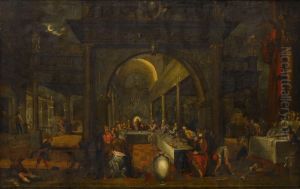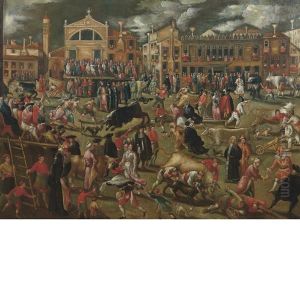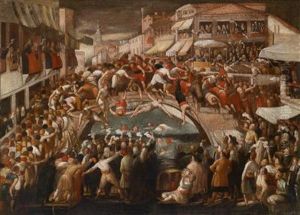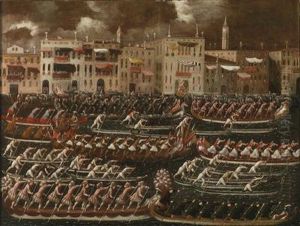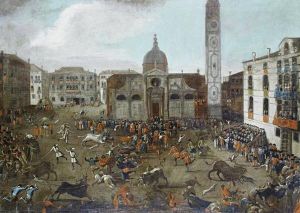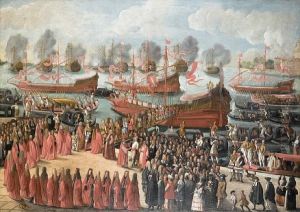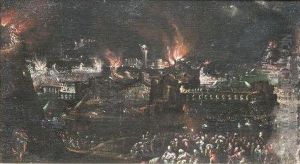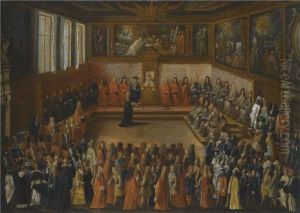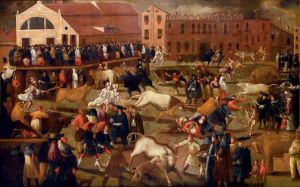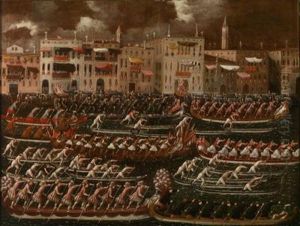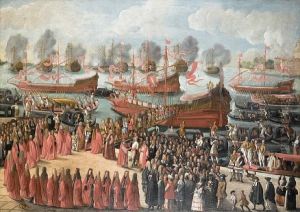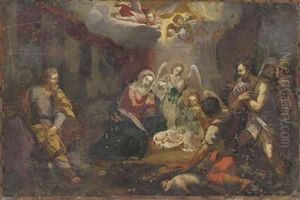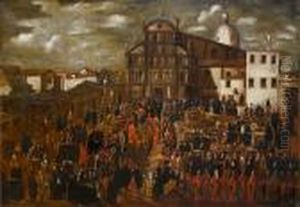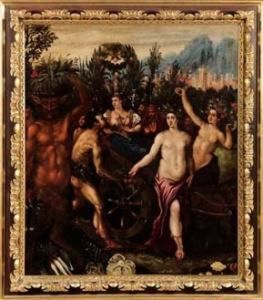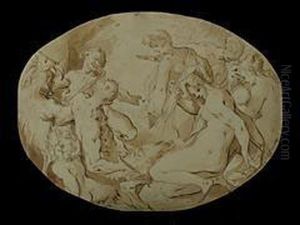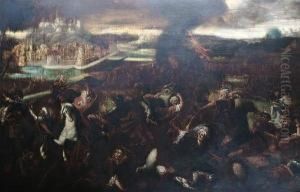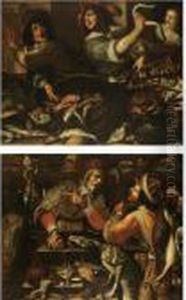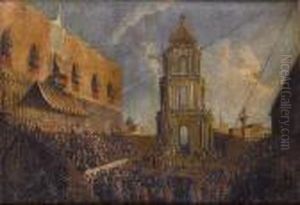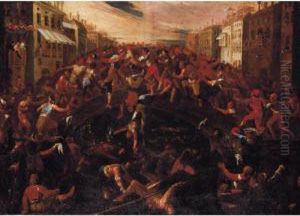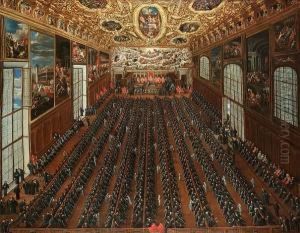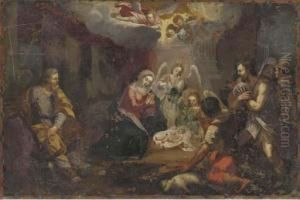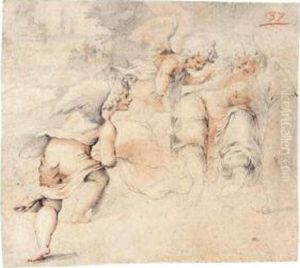Joseph Heinz Paintings
Joseph Heinz the Elder was a Swiss painter, born in the year 1564 in Basel. He is primarily known for his work as a portraitist, but also for his historical and mythological scenes. His artistic style was influenced by the late Mannerism period, and he was considered one of the remarkable Northern Mannerist artists of his time.
Heinz's early life and training are not well documented, but it is believed that he traveled to Italy, which was common for artists of his period seeking to refine their craft. During his time in Italy, he was particularly influenced by the Venetian school, adopting the rich color palette and the dynamic composition style characteristic of Venetian masters such as Tintoretto and Veronese.
After his stay in Italy, Heinz returned to his native Switzerland, where he became a successful and sought-after portrait painter. His portraits were appreciated for their elegance and the psychological depth he managed to capture. Heinz also received commissions for religious and mythological paintings, which allowed him to express his talent for narrative and drama.
Joseph Heinz the Elder's work was marked by a harmonious blend of Northern European detail and Italianate color and grandeur. His ability to imbue his subjects with a sense of dignity and grace made him popular among the elite of his time.
Heinz's influence extended beyond his lifetime, with his paintings inspiring other artists in Switzerland and the surrounding regions. Unfortunately, many of his works are not well-known today, and some have been lost or are unidentified.
Joseph Heinz the Elder passed away in 1609 in Prague, where he spent the latter part of his career. Despite his death, his artistic legacy continued through his son, Joseph Heinz the Younger, who also became a painter, although not as widely recognized as his father.
